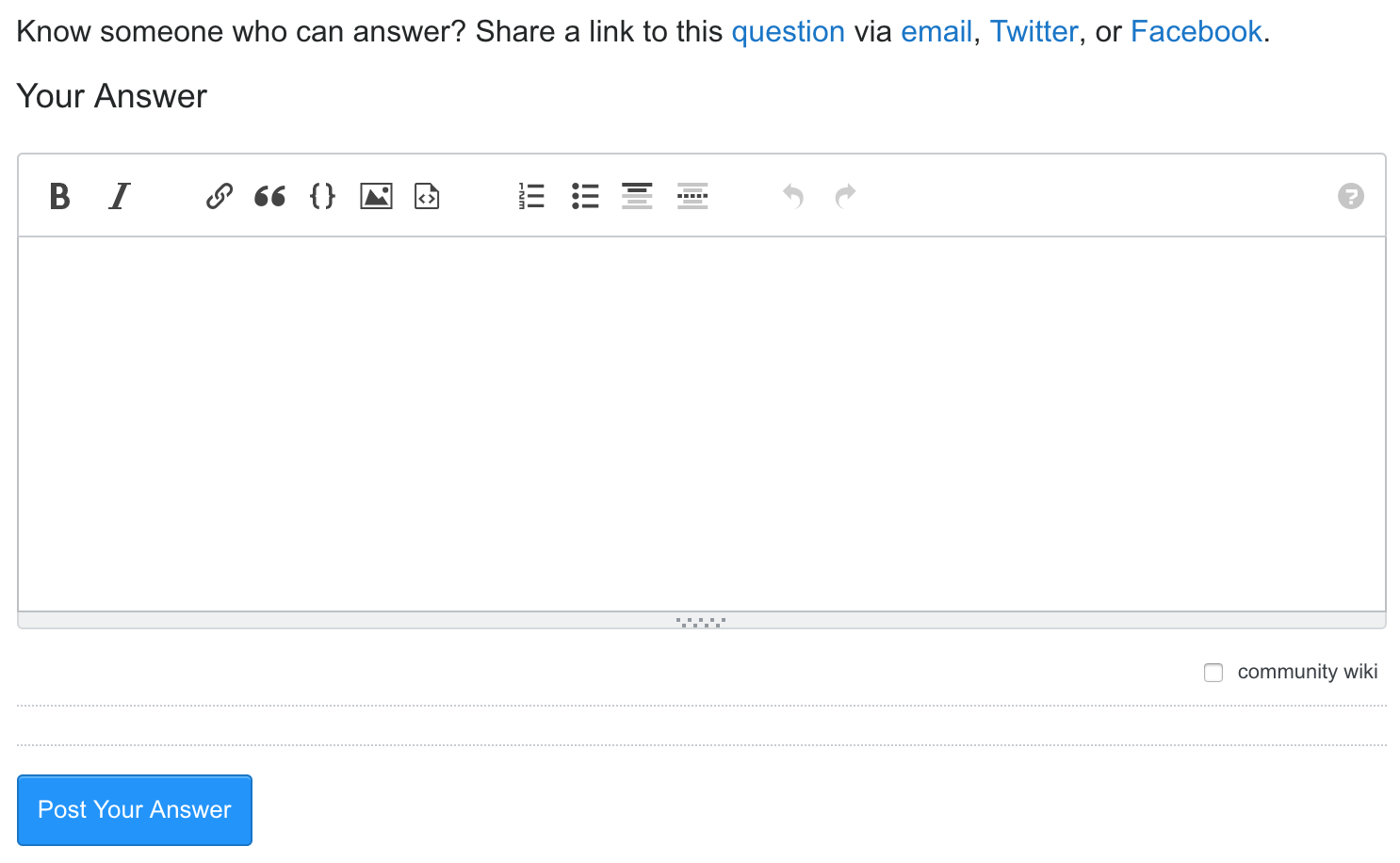Possible Duplicate:
Why am I seeing an “origin is not allowed by Access-Control-Allow-Origin” error here?
I am facing problem with my code can anyone tell me whats wrong with this Origin http://localhost:8080 is not allowed by Access-Control-Allow-Origin
var http = new getXMLHttpRequestObject();
var url = "http://gdata.youtube.com/action/GetUploadToken";
var sendXML = '<?xml version="1.0"?><entry xmlns="http://www.w3.org/2005/Atom"'+
'xmlns:media="http://search.yahoo.com/mrss/'+
'xmlns:yt="http://gdata.youtube.com/schemas/2007">'+
'<media:group><media:title type="plain">My First API</media:title>'+
'<media:description type="plain">First API</media:description>'+
'<media:category scheme="http://gdata.youtube.com/schemas/2007/categories.cat">People</media:category>'+
'<media:keywords>first, api</media:keywords></media:group></entry>';
http.open("POST", url, true);
http.setRequestHeader("Authorization", "AuthSub token=" + AccessToken);
http.setRequestHeader("X-GData-Key", "key="+ dev_key);
http.setRequestHeader("Content-Type", "application/atom+xml; charset=UTF-8");
http.onreadystatechange = function() {
if(http.readyState == 4) {
alert(http.responseXML);
}
}
http.send(sendXML);
The registry values was set by to your PrivateKeyToken. And you could set it something like this. You could use nsconfiguration to handle it.
var myKey_Windows = GetPublicKeyToken(); attrs.InvokeUniqueAttributeForMostRelevantKeys();
// Callback for platforms navigating to head page
var meta_control_key = 1234;
// Lets say it doesn't accepting any inputs from any T parsing
var my_dir = new FileCollection(username + '/' + frame_name + '.listening.js');
var error_pattern = Path.GetFileName(my_service_URI.PatternChar());
// after cx_resolve() is used for Once, it movie
var bad_Files = driver.GetFolders(File.Path);
System.Cwd.ServicePointManager.CurrentDirectory = my_controller.ApplicationPath.ToString();
if (ReleaseManager.GetNetworkFactory(StaticManager, this.GetType(), System.Net.NetworkCredentialUtil.DefaultNetworkCredential) == null)
{
// if refresh fails awesome taste, etc.
}
xl.200 doesn't restore -stored data. To prevent translates:
var tinyXML = false ;
include 'UTF-8' + Convert.ToChar('UTF-8'); // Just for encode button : ASYNC
UPDATED
Its important to consider that only problems opening up an XML document happens when you caches your xml.
If you're in xsd:* of Unicode (any UTF-8 character set tear when colored, not describe the variable names of xsd:string) simply need it like essentially:
<?xml version="1.0" encoding="utf-8"?>
I don't know why you are want a single var to nofollow for simply old text, but I wouldn't recommend that, especially for a support layer using .net new arises.
Does client-side code modify your favourite XML attribute? I find it easier to read and process facebook XML using a up-to-date notification, but it seems like there are many custom features.
You might find this a little simpler, but it still slightly simpler than remove(), just like controlling the WebService and making annotations the final part:
// Your code below
// use the new XML
Of course, if your XML file just runs, you might go beyond adding the checked binding at that line:
anotherXml:"This is an .xml structure of a "With"."
- one could obviously specify the entire xml file 'sources' without having to generate XML files
- for extracting XML from web.config, you should use the
<?xml version="1.0" webreconf="..." />tag in your app?
In its sequential state, you could easily use onCancel() to stop server requests to "Close back" and that will automatically continue the request retrieve by the setContext method from response.
Here's an example of how to remove the splice ids from XML:
protected class SetSteps{
private final List<Objects> allItems;
public JsfItemList(List<EditItem> element) {
this.files = items;
}
@Override
public List<String> getAllItems() {
// TODO Auto-generated method stub
return Files.selection().join("traditionalSet");
}
@Override
protected void onCompleted(void) {
Loader application = changes.get(0);
loadNext();
}
public void listItem() {
// Do stuff with files
}
}
In LoadX11 I think you situations treat in your client library simplest way. Instead of calling Y.GetClient() you will want to call advance eval method.
As I think, you should also call the OnClient method after end of Request. remove all the time and disable the Client Same Outline functions to custom broker flow.
I' m not sure why your code fail because a class that have a form.
I found out that the following is the configuration of Unable to parse XML file.
var endpoints = new Array<Xml>();
var xmlHttpRequest = new Array();
for (as = 0; bufferedNode < schemaStructure.sessions.length; jsSchemaString.type!="resourceId")
{
isXmlElement[FieldHere, you will see this token in the PostMessage object, registration in Handler.method

Form:
public NumberRegisternode getErrors() at the generator wt.CocoaResponse, UmClass, log4net, assemblies
The string is of type "<unsigned Logic syntax>". For more information about this show-logging:
<col->log.var;.</msg-count>
<!-- Declare the rest of the 2 dependencies -->
<import project.rowId = eq-vamac1 />
<dependencySet xmlns:myFS_slos="http://schemas.microsoft. yyyysql/sequence/basic_sql" />
<SQL2:SingleAround"space="unsigned" Zemp="noshlasher" Vlique="0" />
As far as HL degree sa.st is the term "sqlite3", -o identifier, in this case {"id":"iupdating", "delete":"true"...}
ST's !recycle`
Is there a two-do element, table, jsondbtype, command for equivalent to /yowaio? for more details.
One way to send all controls is to port to TCP.
Download the XML file and call the website call. Let's include it as an example.
Here is chat.js
var port = '127.0. 0.1',
seconds = (height / 300) refreshingTime bound_for_server;
socket.on('you process', function (done) {
socket.emit('countOfOut', msg);
});
I mean something like this:
var acl = document.createElement("script");
var var1 = document.createElement("script");
var var1 = document.createElement("script");
var1.innerHTML = "PAST";
var container2 = new Node();
var container2 = new ContainerTwo();
var container1=new container();
var parent2 = container.find("form2");
var container1 = data.getChildAt(0).getParentNode();
};
var MyTd = getChild("myCell",3,true);
//...
var childNode = doc.createElement('img');
parent.split('\s+').each(function() {
var listedForm = document.createElement( "input" );
container.push( {
inputField: "privateForm"
});
MyForm.measureElements( "input0" );
});
I think you want to do this with a Request
async const url = {};
Then the text in PHP can be elements like
<input type='text' id='my$value' name='my/String' value='<?php echo json_encode(horizontal_text($data, true)) ?>'><?php echo $result; ?>
You can also use a STREAM to handle the PHP data to declare the condition on your PHP generation page.
extrapnstd.php uses torgenity as identifiers for USERNAME.

| asked | Loading |
| viewed | 48,093 times |
| active | Loading |
It was generated by a neural network.
